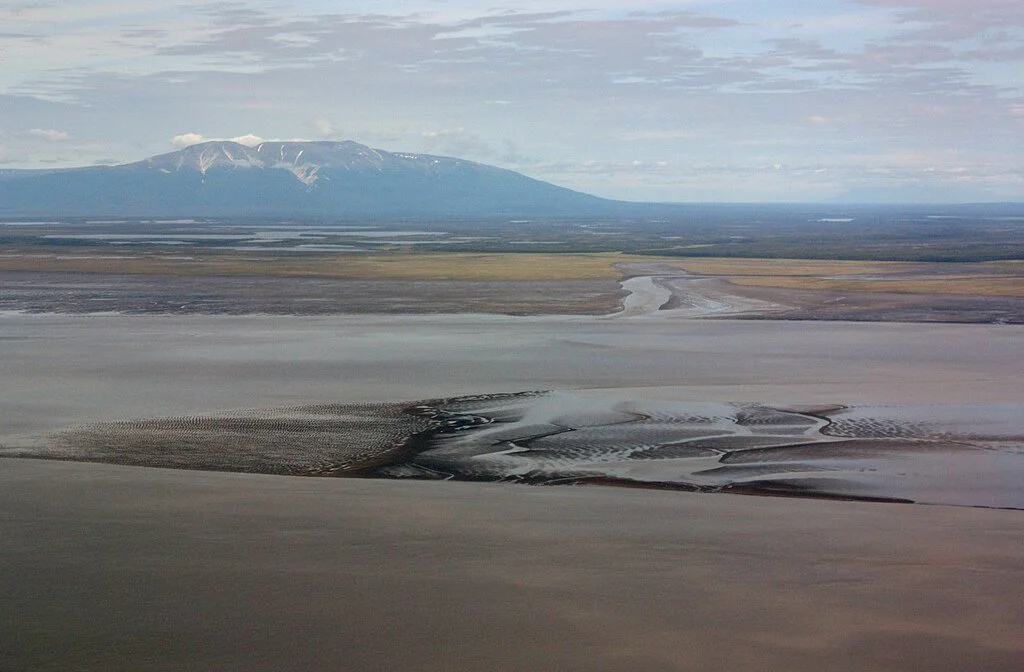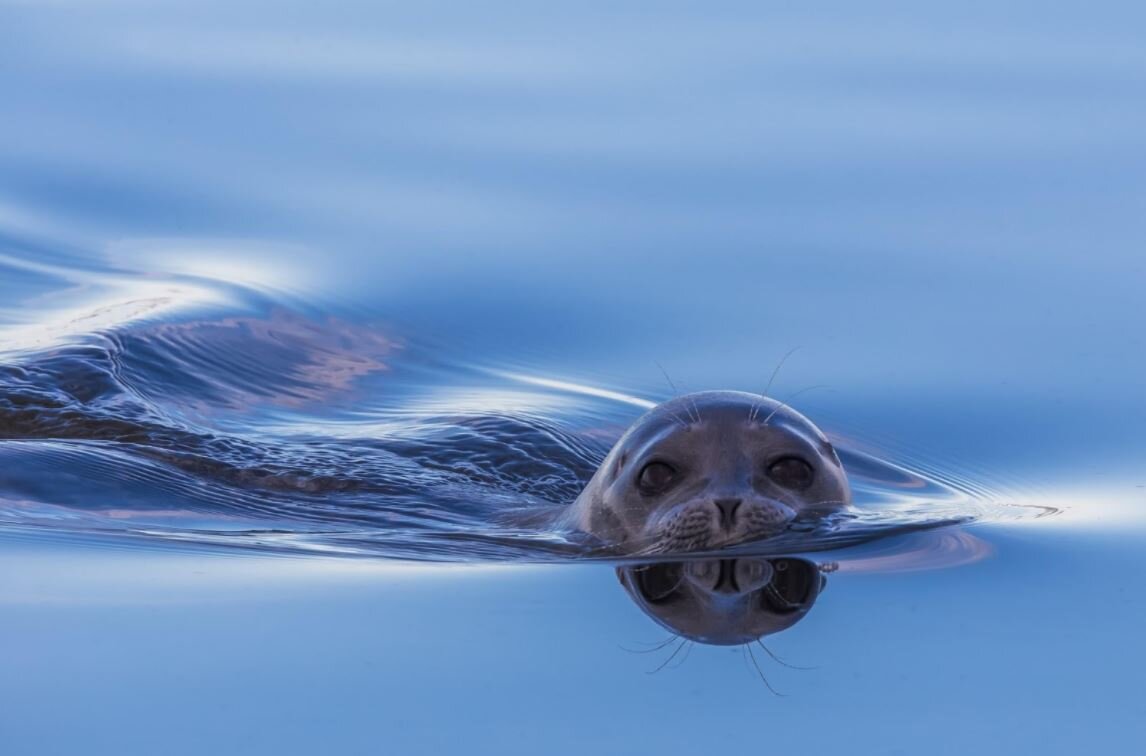Threatened & Endangered Species Recovery
Each ecosystem is a complicated web of relationships between plants, animals and their environment. When you lose one species, it affects the whole ecosystem - its loss can prompt cascading effects through the food chain (a “trophic cascade”), impacting other species and the ecosystem itself. So, saving one species means saving its habitat and the other species that live there too, including humans.
Under the Endangered Species Act (ESA), a species is considered endangered if it is in danger of extinction throughout all or a significant portion of its range. A species is considered threatened if it is likely to become endangered within the foreseeable future throughout all or a significant portion of its range. Alaska is home to 13 endangered species and 8 threatened species, with at least 6 species under consideration for ESA protections.
We establish robust, grassroots strategies to recover Alaska’s Threatened and Endangered Species, focusing on a few species at a time to ensure we’re successful. Learn more about these projects below, and donate to help us support the species who need it most.
Beluga whales are highly social, gregarious animals. They squeal, squeak, and chirp, which is why sailors long ago called them “canaries of the sea.”
The number of Cook Inlet beluga whales has declined more than 75%, from 1,300 in 1979 to only about 300 today. AWA is working to recover these critically endangered whales before it’s too late.
The largest bear in the world and the Arctic's top predator, polar bears are a powerful symbol of strength and endurance in the North.
Alaska’s Southern Beaufort Sea Polar bears had more than 1,700 bears in the early 1980s - today there are fewer than 900. AWA is working to protect critical polar bear habitat in Alaska to protect these bears.
Found in Southeast Alaska and coastal British Columbia, these unique island wolves face enormous threats from old-growth logging, inbreeding, and over-harvest.
AWA is working to improve the State’s management of these wolves and their habitat, stabilizing their population before they become endangered.
OUR RECENT SPECIES RECOVERY WORK
A coalition of Indigenous, conservation, and environmental organizations, including AWA, has issued a formal 60-day notice of an intent to sue the U.S. Department of the Interior, the Bureau of Land Management (BLM), and the U.S. Fish and Wildlife Service (FWS) over the 2025 Arctic National Wildlife Refuge (ANWR) Coastal Plain Oil and Gas Leasing Program.
Submit public comments by August 28 to help protect endangered Cook Inlet belugas from extractive industry harassment.
Thank you to the 49 volunteers who helped out at the two AWA sites!
The 9th U.S. Circuit Court of Appeals ruled yesterday that the U.S. Fish and Wildlife Service must correct legal errors with a regulation that allows oil and gas companies to harass Southern Beaufort Sea polar bears on the North Slope of Alaska.
Our proposal to support endangered beluga whales passed!
Read our comment to connect the Eklutna river system for the benefit of all wildlife.
Our Board of Fish proposal to support Cook Inlet beluga whales when they need it most.
Today, the courts heard oral arguments for two of our wildlife lawsuits concerning Polar Bear and Alexander Archipelago wolves.
Catch our latest podcast interview on critically endangered Cook Inlet beluga whales!
Our Kenai Peninsula Coordinator, Teresa Becher, was just awarded a 2023 'Partners in the Spotlight Award' from NOAA fisheries! These national awards recognize partners who have expanded and enhanced recovery of the country's most imperiled marine species.
Eagle Scout - AWA Collaboration to Reduce Vessel Strikes on Critically Endangered Cook Inlet Beluga Whales
Join us October 24th-25th for a comprehensive Cook Inlet Water Quality Summit
Today, AWA and our partners, represented by Trustees of Alaska, filed an objection in U.S. District Court over a magistrate’s findings and recommendation that would let stand a U.S. Fish and Wildlife Service rule allowing oil and gas companies to harass Southern Beaufort Sea polar bears.
AWA’s Deputy Director discusses the cumulative threats impacting endangered Cook Inlet beluga whales
Bears, wolves, public trails: Summary of 2023 Southeast Board of Game meeting
AWA’s wildlife work at Alaska’s premier marine mammal conference
“Wolves are a charismatic top predator that have become a symbol of wildness for the conservation movement. Aldo Leopold famously wrote about the conflict between humans and wolves in his 1948 essay, ‘Thinking Like a Mountain,’ where he reflected upon shooting a wolf. Many historians credit this essay as a milestone in the modern-day environmental movement. To this day, wolves elicit an emotional response from so many of us. Love them or hate them, wolves attract a disproportionate amount of attention.”
We want to give a big THANK YOU to all who participated in monitoring for critically endangered Cook Inlet beluga whales this spring along Cook Inlet!
After two long years and multiple attempts by the State to dismiss this case, we are finally going to trial. This week, we are holding the State of Alaska accountable to their Constitutional obligations to manage Alexander Archipelago wolves sustainably.
Belugas are back in the Kenai! Read more about the efforts being made to monitor for critically endangered Cook Inlet beluga whales and how you can become involved this spring with the Alaska Beluga Monitoring Partnership.
Read more to learn about Alaska Wildlife Alliance’s involvement in assisting to file a legal petition to induce the National Marine Fisheries Service to explore whether allowing a certain number of incidental deaths of critically endangered Cook Inlet beluga whales in connection to oil and gas development in the region should be tolerated.
The Fish and Wildlife Service is allowing oil and gas companies to harass over 440 threatened polar bears. We’re filing a lawsuit to prevent that.
Alaska Wildlife Alliance’s Kenai coordinator, Teresa Becher, made another great appearance in the news for monitoring of critically endangered Cook Inlet beluga whales as part of the Alaska Beluga Monitoring Partnership! Read on to learn more about this past spring’s observations of belugas and how you can help these whales this fall.
Citizen scientists fill an important gap in helping understand when and how critically endangered Cook Inlet belugas use rivers.
Ringed seals are more than just adorable- they’re fascinating, too! And… famous? Oh, and they’re at-risk. Find out more about these rock sausages in this species spotlight!
































